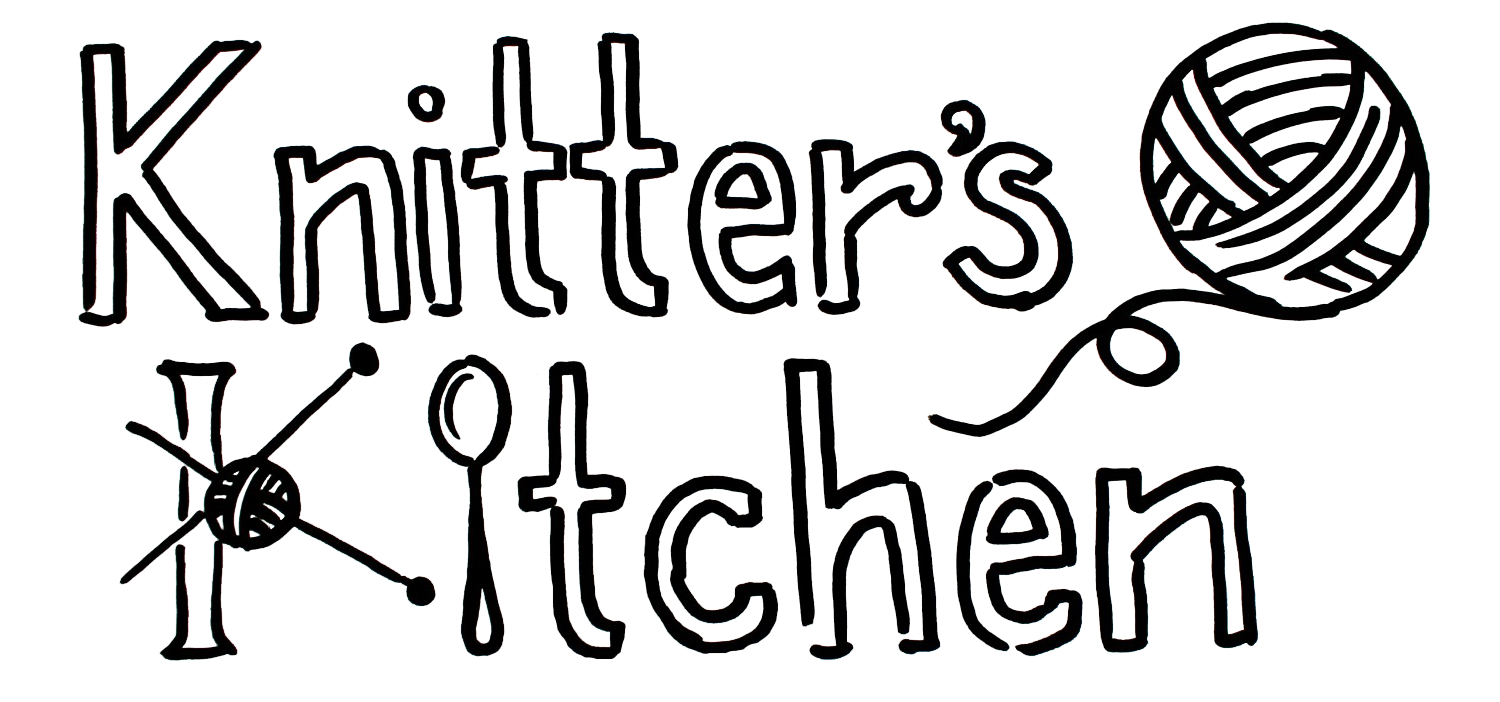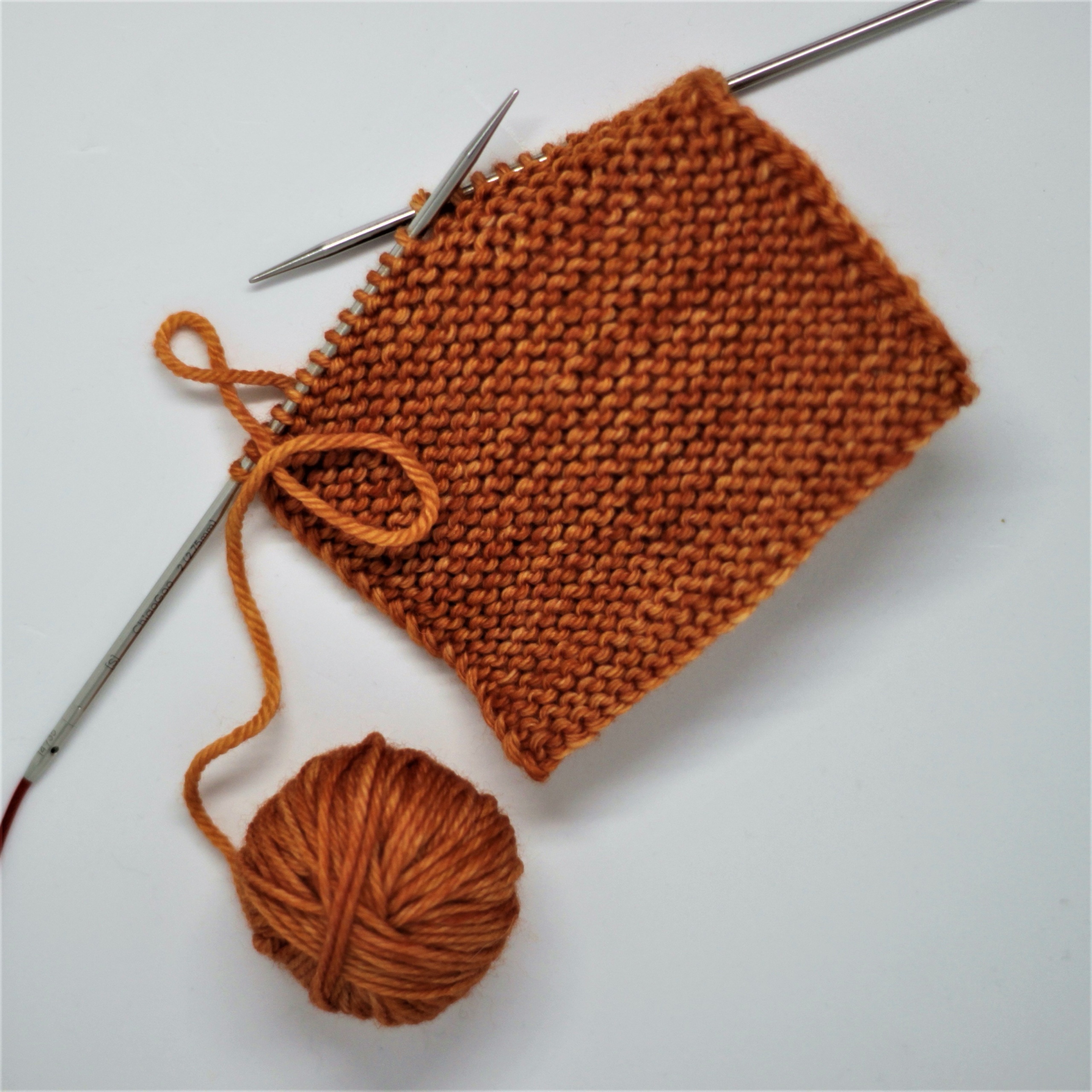There is one simple, short answer to this, from my perspective at least: Designing knitwear.
But there’s a longer answer as well:
Trying out different gauges in different yarns.
Swatching allows me to see if a certain gauge looks good in a yarn. Some yarns do really well knitted up loosely, while others do better knitted up at a tighter gauge. It depends on the fiber (some stretch, some don’t), the make up (tightly or loosely spun, plied or singles), the needles used, and probably other factors I haven’t thought of right here.
Trying out different fabrics.
It’s related to the previous point: Loose gauge vs. tight gauge can make all the difference. Some yarns drape nicely with a loose gauge but don’t hold their shape very well. Others drape nicely with a tight gauge as well.
Trying out different stitch patterns.
How does a stitch pattern look in a certain yarn? Does it even show up well when you do it in a woolen spun or fuzzy yarn? Is it prettier at a loose or a tighter gauge?
Seeing how the yarn looks when knitted up.
Especially for hand dyed or slightly marled yarns, the colors and patterning can look very different when knitted up. Also, when holding yarns together, there can be differences to what you imagined it would look like. Even two strands of the exact same yarn can have a different look than when knitted up just one strand! Knitting a swatch can give an idea of what your final project will look like. But beware of patterning yarns – there will also be a difference in how many stitches you are knitting over. A swatch of 30 sts worked flat or in the round will show off the yarn differently than that project with 100 sts, where the yarn is spread over a larger area!
Designing – the calculations.
This is the main point for me. Doing a gauge swatch gives me a starting point for doing the calculations for a sweater. It tells me how many stitches I need for the desired bust measurement, how many stitches I need for the sleeves, how many rows I would need for armhole depth. I most often do a gauge swatch in stockinette stitch, but if I’m using a pattern stitch which I suspect will have a radically different gauge, I do a swatch in that as well. Admitted, I often don’t do the pattern stitch swatch, and then sometimes it turns out to be very different than I intended. But ah well – that’s a design feature, no one knows how it was supposed to look from the start, right? ;)
What if I knit something designed by someone else?
Yeah, so this is an entirely different beast. Some of the above points apply here as well (like fabric characteristics, different yarns, coloring), but in this case I most often swatch to see if I can match gauge. Sometimes I need to go up or down a needle to hit the gauge called for in a pattern – and sometimes I simply can’t hit that gauge spot on. And – sometimes – I cheat!
For some patterns, it is possible to work at a different gauge than called for, but it will alter the measurements in the final item. This is pretty fun for for instance shawls and scarves – if you work that fingering weight shawl in a DK or worsted weight yarn instead (with matching bigger needles of course), it will turn out bigger and have an entirely different look and feel. It can be a feature! Do note though, that it can (and most likely will) affect the yardage/meterage needed.
For garments, it can be a bit more tricky. Sometimes I do work a different size in the pattern at a different gauge, which I’ve talked about in length in this post: ‘Knitting math: Re-calculating your size‘
An awesome method, but still tricky… Read more about the pros and cons there!

